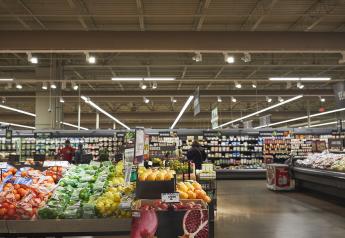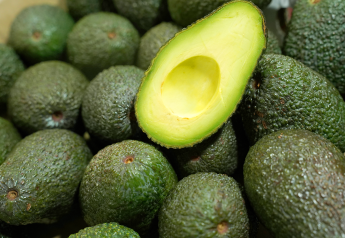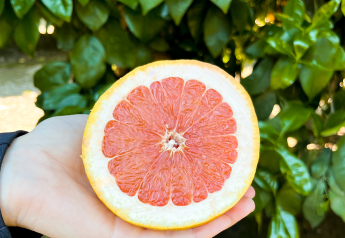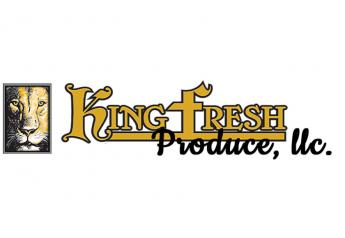Industry leaders talk labor shortage, rising costs, packaging and more
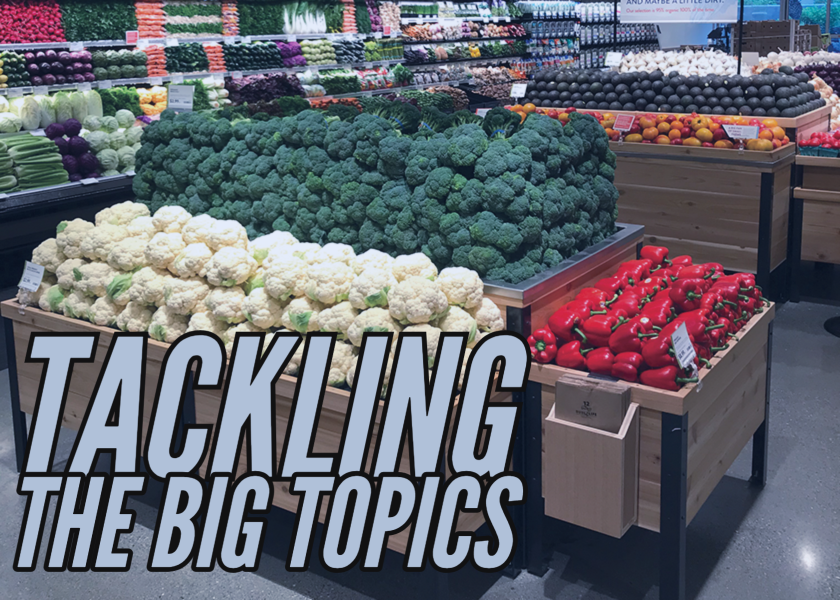
The United Fresh Produce Association recently held the first session in its Reimagine Conversations education track featuring retail and foodservice industry leaders, and the discussion covered topics including labor, forecasting, rising costs, packaging and more.
Here are a few takeaways from the session, which featured commentary from:
- Laura Himes, senior merchandising director for produce for Walmart
- Martha Hilton, vice president of produce and floral for Wegmans
- Paul Mastronardi, president of Mastronardi Produce
- Jeff Huckaby, president of Grimmway Farms
- Chris Penny, chief manufacturing and supply officer for CAVA
- Tom Stenzel, president and CEO of United Fresh
1. It remains to be seen how increased costs throughout the supply chain will be distributed.
Labor, freight, pallets – you name it, and the price has probably gone up this year.
Hilton noted that Wegmans has done some SKU rationalization within its fresh-cut program as a way to reduce labor costs in stores. Ultimately, though, suppliers and retailers can only absorb so much of the increased cost in the supply chain before the consumer also has to pay more, Hilton said.
Himes acknowledged that inflation is happening but said Walmart plans to suppress it as much as possible. She indicated that price increases would be a last resort.
“Inflation is not good,” Himes said. “It’s a tax on the poor, and it makes our food not affordable to the people that need it, and if we want to try to grow this industry, we need to get food to more people and have them eat more of it, so it’s definitely a challenge, and I think the first place that we need to turn is where do we have inefficiencies within our own supply chain that we can look at first.
“I know it exists, we all know it exists, and where can we try to take costs out of the system together and do that first before we try to push anything onto the consumer,” Himes said.
Stenzel noted that fresh produce over the years has frequently been priced below where it should be based on what it costs to grow, pack and ship. He encouraged retailers to deliver a great experience and inch up prices when possible with the long-term sustainability of the produce industry in mind.
“We’ve got to have room for innovation and investment in this industry or it just stagnates,” Stenzel said.
2. Labor is a significant issue, and suppliers and retailers are adjusting with the expectation that the problem won’t be solved any time soon.
Mastronardi said labor has been a huge issue for the company, and he doesn’t expect it to abate in the near future. The company continues to invest – now more than ever – in robotic solutions, and while there has been lots of progress in recent years, those options won’t be ready for a while, he said.
Hilton said the labor challenge exists for retailers as well. Talent retention is a widespread issue in grocery, but Hilton noted some valuable lessons learned in that area during the pandemic.
“We have to be flexible to be an employer of choice, and that goes for everyone in the supply chain here,” Hilton said. “People have realized through this that they don’t have to be in an office all day to be productive, and I hope that some of that stays for our employees because that’s how we’re going to continue to retain and attract talent into this industry – diverse talent into this industry – is that we have to meet them where they are.”
3. Forecasting continues to be a challenge for growers.
Trying to figure out how much to grow to meet customer needs has been difficult and will likely continue to be difficult for the next year, Huckaby said.
“When we look at the growth curves that we’ve seen, they’re still higher than what we saw in 2019, but they’re not where they are in ’20, and when you look at the 65 different items we grow, most of them it takes 150, 180 days to get them to fruition, so you’re out there planning and trying to understand the retailers’ needs, what do they need and where do they think they’re going to grow,” Huckaby said. “Are they going to grow at 5%, 10% or 25%?
“There’s a little bit of a gamble trying to understand,” Huckaby said. “You don’t want to undersupply, but you cannot afford to oversupply. The cost to grow is so expensive these days.”
Hilton said Wegmans has seen consistent business in recent months and expects the current levels are reflective of what the retailer will see going forward.
Himes noted that certain items may see more significant growth than others as the country continues to open in the wake of the pandemic.
“I think holidays, people are getting together now, I think those are going to be huge as long as the weather cooperates,” Himes said. “People want to get out, they want to be with people, they want to celebrate, and I think a lot of celebration-type items, those type of things that maybe haven’t done well this last year are really going to take off this year.”
Stenzel urged produce buyers to spend time with their suppliers and talk through their expectations for different categories so suppliers can plan to support their retailer partners at the levels they need.
4. Demand for packaging remains high even as reducing plastic continues to be a topic of interest.
Himes said there are not many affordable alternatives to plastic packaging at the moment, though some reduced-plastic options are financially feasible.
Mastronardi said his company tries to eliminate plastic wherever possible, including through the use of top-seal packaging. While they explore and consider other solutions, visibility of the product is important to the consumer, and cost of plastic alternatives is also a factor, he said.
Huckaby noted that interest in recyclable and compostable packaging is high but that right now even traditional materials are more expensive than normal.
“I can tell you that week before last, all of our suppliers called us – that handle all of our packaging, corrugated and pallet, just everything, all the pieces that go together – and told us, ‘Look there’s a 6-10% increase for the rest of the year. Sorry, but that’s what you’re going to have to live with,’” Huckaby said.
“And that’s not the new, innovative products that we’ve talked about that we need to go towards, so there’s pressure there, and we’ve got to continue to look and see what alternatives are out there, because we know it’s not going to go away,” Huckaby said.
Mastronardi and Himes also noted that, while the interest in sustainability remains, it does not seem to be as high of a priority as it was before the start of the pandemic.
“The whole worry about reducing plastic kind of went away,” Mastronardi said. “I’m sure there will be a push to try to reduce plastic again, but in reality a lot of the plastic that’s in the produce segment is there to protect the product and extend the shelf life.”
Hilton added that, just as the push to reduce plastic has been driven by consumers, so has the more recent push for packaging.
“Sustainability was such a huge focus pre-pandemic,” Hilton said. “I don’t think I’ve had one meeting on it since this all has begun because customers are comfortable with (packaging), and a lot of the products that we’ve had in a bulk form we’ve had to add in a packaged alternative as well because customers still in their mind are more comfortable purchasing it in that manner.”


